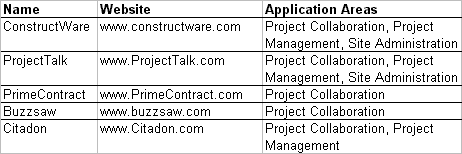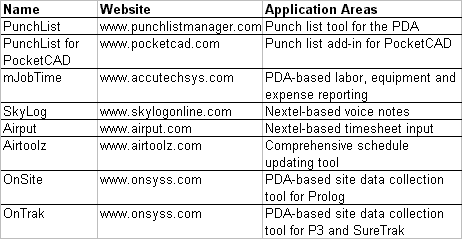
The term e-commerce (also termed as e-business or e-construction) generally refers to the transaction of business functions via electronically mediated communications systems, especially the Web and mobile tools.
Beginning in 1997, a sea wave of these technologies was reported to be fast arriving for the benefit of the HVACR and construction industry. This was followed by the reports of what is now commonly referred to as the "dot-bomb" era. In the time period of 2000-2001, massive losses were reported by businesses that were trying to provide the construction industry with e-commerce solutions.
Current economic conditions and post-dot-bomb era perception is that the construction industry has bid farewell to e-commerce. On the contrary, it seems that e-commerce in the construction industry is silently taking a strong foothold and is growing in almost all sectors of the construction industry.
Clearly, a number of market forces are demanding that agencies involved in the construction industry evaluate the role of these technologies in their businesses. A study is required to evaluate the role and importance of these technologies from the point of view of a contractor.
Surveys Say
There is a wide range of applications provided by Web and mobile tools for a typical SMACNA - or any HVACR - contractor. These tools can be beneficially used in pretty much all business functions. The usage of Web and mobile technologiesfor management of construction projects offers an exciting new opportunity to improve the facility delivery process.
Two recent industry surveys give a good snapshot of the current status of Web and mobile applications for construction project management:
1. The Associated General Contractors of America's Construction Technology Adoption survey, conducted in 2002.
2. The Construction Financial Management Association's (CFMA's) 2002 Information Technology Survey for the Construction Industry.
Close to 50 percent of the respondents in these surveys reported current use of Web-based
e-commerce tools for project collaboration and project management. However, a large majority of respondents report that they do not utilize wireless tools for performing site functions.
The CFMA survey reveals that 68 percent of the specialty contractors do not currently use or plan to use wireless and handheld tools for wireless communications in the next six months.
Results from the two surveys and other anecdotal information points to the fact that the playing field for software providers is stabilizing, and some clear winners in terms of market share are appearing, especially in the area of Web-based construction project management tools.
The Top Five
Table 1 provides a listing of the top five performers in the field. Breaking this down, Constructware provides an extensive set of features that can be beneficially utilized during the construction phase of the project. There is a special subset of features that facilitate the subcontractors role in a project. Additionally, Constructware provides a client-server tool called the Constructware for the Subcontractor that provides a rich set of features that are geared towards tracking the status of your RFIs, pay applications, correspondence, submittals, or change requests.Meanwhile, ProjectTalk, by Meridian Project Systems (MPS), also provides a full set of features that will be familiar to users of Prolog, a tool produced by the same company. In addition to the ProjectTalk application service provider (ASP), MPS also provides options to its customers to host their own Web-based project management site. Through a combination of Prolog, Prolog Website, and some server tools, a company can produce a self-hosted project site.
As noted in a recent engineering trade publication, "Vendors are gathering like bees to nectar to offer tools to enhance wireless exchanges between field crews and project data." Table 2 provides a list of some mobile tools that are gaining ground in the construction industry. It still remains to be seen how this field matures.


Ask Questions
After a quick review of Web and mobile tools, one can see that it is important to make a careful consideration of all the important aspects related to adoption of these two tools. Primarily two questions need to be answered:1. How does one evaluate the tools?
2. What is the return on investment (ROI) of these tools?
Evaluation of Web and mobile tools is a complex endeavor and needs to be performed carefully. Structured approaches, such as the Project Management Institute's (PMI) project management survey, can be used.
For answering the ROI question, not much data is available. Some of the vendors provide Web-based ROI tools (e.g., Constructware's ROI Toolkit, Buzzsaw's ROI calculator) that can provide some useful insights. In the end, though, each company going this route needs to make an evaluation on a case-by-case basis and consider factors that make more sense for them.
All contractors need to keep a watchful eye on this field and make adoption decisions that fit their business model.
Publication date: 11/10/2003

Report Abusive Comment